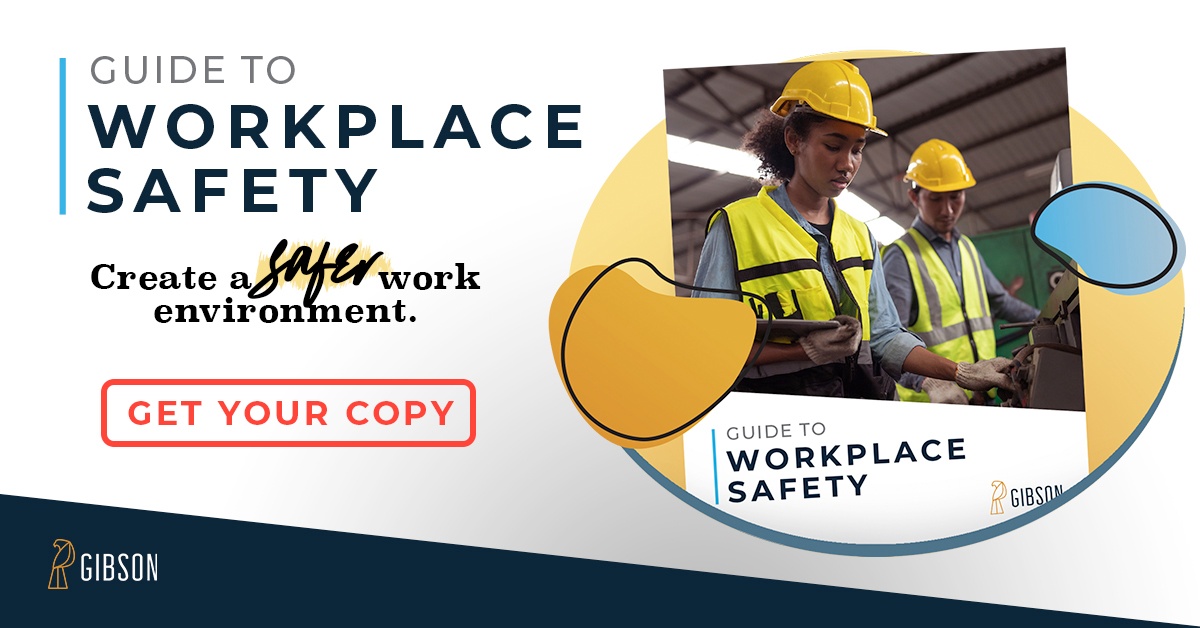Most workers appreciate the need for workplace safety because they cannot afford the personal pain and financial loss when injured at work. Owners, executives, and HR decision makers cross their fingers, appreciating the economic impact that workplace injuries have on their business. A good risk management plan can reduce workplace injuries and protect both employees and employers, but it will only be effective if you know how to obtain management commitment to workplace safety.
Roadblocks
Workplace safety might seem like a no brainer, but some common roadblocks can prevent it from receiving the attention it deserves.
#1 - Budget:
Some employers avoid introducing workplace safety programs because of their high perceived cost. But, according to OSHA, work related injuries and illnesses cost employers almost $1 billion a year in direct costs alone. If you add indirect costs like training replacements, lost productivity, investigation and corrective measures, you have numbers that will catch any employer's attention.
Solution: Grab your employer's attention with a specific analysis of direct and indirect costs relating to workplace safety from previous years. Your workers' comp advisor can help you with this.
#2 - Return On Investment (ROI):
Business leaders focus on thecost of doing business. But, the cost of implementing workplace safety programs is more than just a necessary cost of doing business like utilities and business equipment. It may be tough to see the ROI when there is not the usual business exchange.
Solution: A good risk management program reduces the number of worker injuries, and this means fewer claims, greater productivity, and improved employee morale. OSHA puts that savings at 28% reduced costs, 43% increased productivity, and 6% increased morale. If you are able to reduce your claims, you will also pay lower workers' compensation insurance premiums. Communicating these benefits can help develop buy-in from management.
#3 - Management Motivation:
Management has a fiduciary responsibility to serve its shareholders' interests, however owners and executives often think at cross purposes. They have big picture worries, yet they live very much in the moment when it comes to daily operations. It takes effort and education to get them to accept workplace safety as a business initiative requiring their support and enforcement.
Solution: Profit is a legitimate motive, but successful executives are quick to learn that profit is more than the simple difference between gross revenue and expenses, and that expenses include much more than operating costs. The Baldridge Performance Excellence Model is a helpful tool that sets up a points structure that motivate management to endorse and remain engaged in safety initiatives for their effect on strategic planning, customer and market interests, performance metrics, human resources management, quality process, and business results.
#4 - Shared accountability:
To the extent that decision makers leave workplace safety issues and enforcement to the Human Resources department, they walk away from effective support. Workplace safety is not HR's job alone. It takes the full commitment and engagement of management from the top to the bottom of the organization.
Solution: There is a connection to be drawn between environmental health and safety functions and enhanced business value. It may take some effort to outline the connection between employee safety and lean manufacturing and quality initiatives. But, you can take advantage of your relationship with your organization's workers' comp advisor to create training programs and utilize other resources at their disposal.
When you are challenged on how to obtain management commitment to workplace safety, pull out all the stops. When you proceed from the knowledge that it is in the mutual interest of employer and employee, the challenge and the response becomes easier.




